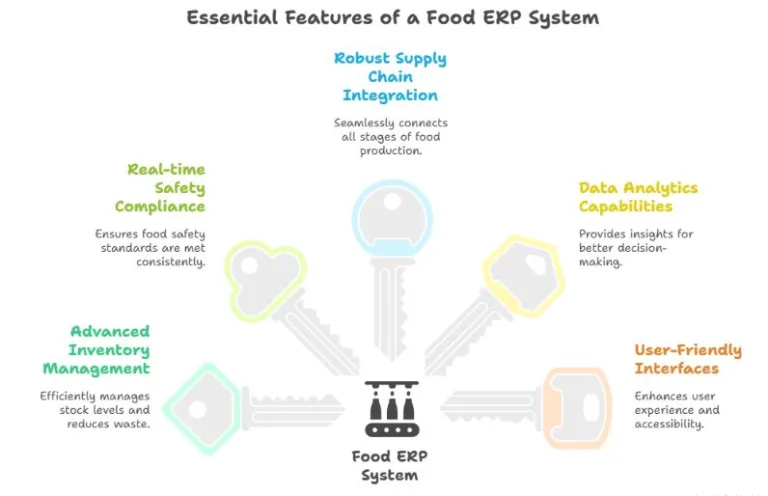How Precision Laminations Shape the Efficiency of Electric Motor Rotor
Electric motors drive the core of modern machinery with silent strength and consistent performance. Behind this power lies an intricate design that relies heavily on precision engineering. One of the most vital yet less visible components is the motor lamination, a structured layer of steel sheets that refines magnetic flow and minimizes energy loss.
How do these laminations transform electric energy into controlled mechanical power? What makes their design essential for motor efficiency and durability? Precision laminations in the electric motor rotor and stator form the foundation of reliable motion systems. They are the hidden architects behind seamless operation, which ensures every motor performs with accuracy, consistency, and efficiency.
Importance of Precision Laminations in Rotor Design
Precision laminations influence how energy transfers within an electric motor. Each thin sheet of steel serves as a pathway for magnetic energy, which reduces unwanted losses caused by heat or current resistance. When aligned with accuracy, these laminations strengthen the magnetic field and enhance motor torque. The layered design ensures smoother power conversion and helps prevent excess vibration. Properly formed laminations provide a stable structure for the rotor, which keeps performance steady even under demanding conditions.
Material Selection and Magnetic Performance
The efficiency of laminations begins with the right choice of material. High-grade electrical steel is commonly used because of its low core loss and superior magnetic permeability. These characteristics allow the motor to generate consistent magnetic fields without overheating.
The thickness of every lamination plays a very important role. Thinner sheets minimize eddy current losses, a critical factor for maintaining high efficiency. This careful balance of material and dimension determines how effectively the motor utilizes electrical energy.
Process of Manufacturing Precision Laminations
Creating laminations requires exceptional precision and advanced technology. Manufacturers employ stamping or laser cutting methods to achieve consistent dimensions and clean edges. Each lamination must fit perfectly with the others to form a unified rotor core.
The process demands accuracy within microns, which ensures that every sheet aligns correctly. After cutting, laminations undergo surface treatments to reduce corrosion and enhance insulation. This meticulous process results in a structure capable of delivering high rotational stability and energy performance.
How Laminations Reduce Energy Loss
Energy efficiency in motors relies heavily on minimizing electrical losses. Precision laminations are engineered to interrupt circulating currents that generate heat and waste power. Each insulated layer acts as a barrier that restricts unwanted current flow within the steel core.
This design helps maintain cooler operating temperatures and consistent energy output. Reduced heat generation extends the motor’s service life and maintains steady performance under varying loads. Through this efficiency, manufacturers achieve both energy savings and operational reliability.
Role of Thickness and Alignment in Rotor Efficiency
The thickness and alignment of laminations directly affect how efficiently magnetic energy moves through the electric motor rotor and stator. Thinner laminations enhance magnetic flux density and reduce electrical resistance. When perfectly stacked, these sheets create a path that channels energy effectively. Precision alignment also prevents mechanical imbalance. A properly layered core reduces vibration and noise during motor operation.
Advantages of Using Precision Laminations
Precision laminations bring multiple advantages that enhance rotor function and durability. Their impact extends beyond simple mechanical strength, which influences both performance and longevity. Some significant benefits include:
- Reduced Power Loss: Optimized lamination thickness and insulation decrease eddy current formation.
- Improved Thermal Control: Lower heat buildup allows motors to run cooler and last longer.
- Enhanced Torque Output: Strong magnetic alignment boosts torque without extra energy consumption.
- Greater Structural Integrity: Fine tolerances ensure mechanical balance and long-term reliability.
Innovations Driving Modern Lamination Technology
Advancements in manufacturing have reshaped how laminations are produced. Automated laser systems and precision stamping tools now deliver near-perfect accuracy at high speeds. These methods ensure consistency across large production volumes without compromising quality.
Modern coatings and insulation technologies further improve performance. They enhance resistance to oxidation and minimize friction between layers. These innovations allow rotors to achieve higher speeds with minimal energy loss and mechanical stress.
Testing and Quality Assurance for Rotor Laminations
Every rotor lamination undergoes strict quality testing before integration into a motor. Dimensional accuracy, insulation quality, and magnetic performance are carefully measured. Even the smallest deviation can impact motor behavior, so testing is vital. Manufacturers use magnetic flux analysis and eddy current testing to ensure reliability. Advanced inspection tools detect flaws invisible to the human eye.
Contribution to Sustainable Energy Efficiency
Precision laminations play a major part in promoting energy conservation. Their design minimizes energy loss, which reduces the need for excess power generation. Motors built with such laminations operate more efficiently, which lowers environmental impact.
Efficient rotors consume less electricity while maintaining performance standards. This contribution supports sustainability goals in the manufacturing and transportation sectors. As technology progresses, precision laminations continue to drive the shift toward greener energy solutions.
Precision laminations thus define how effectively the electric motor rotor and stator convert energy into motion. Their accuracy, material quality, and alignment determine efficiency, reliability, and longevity. Through innovation and precision engineering, these components set the standard for sustainable motor performance across industries.





